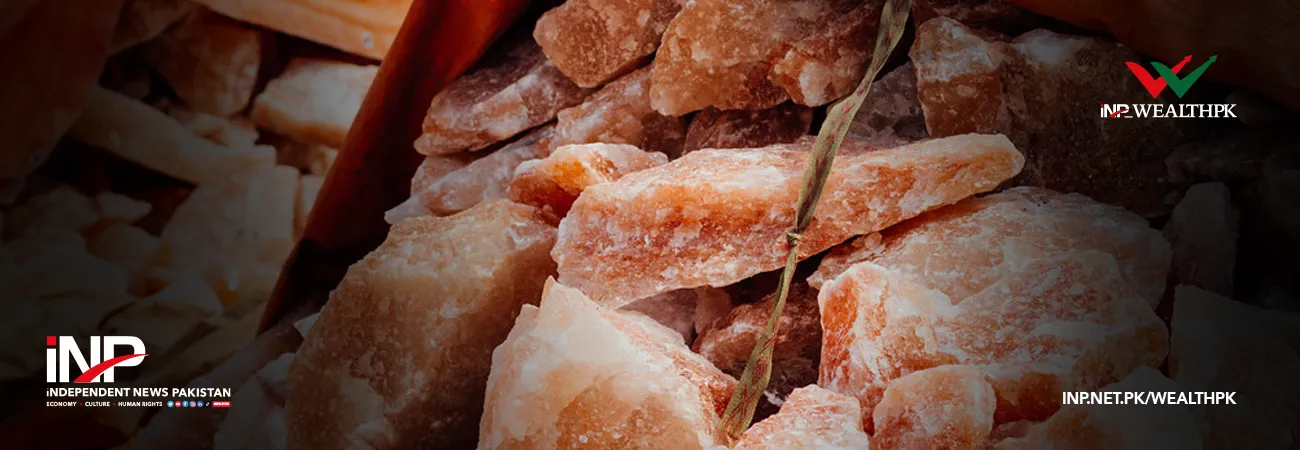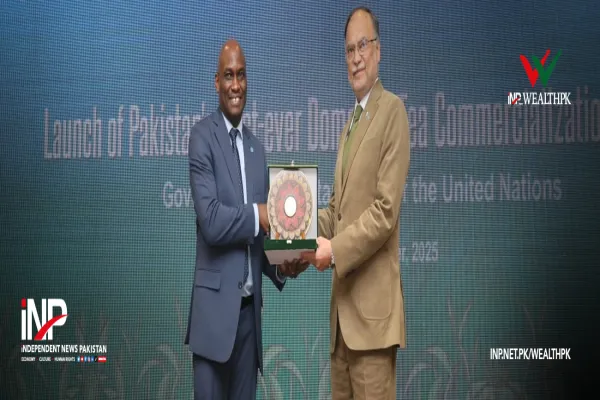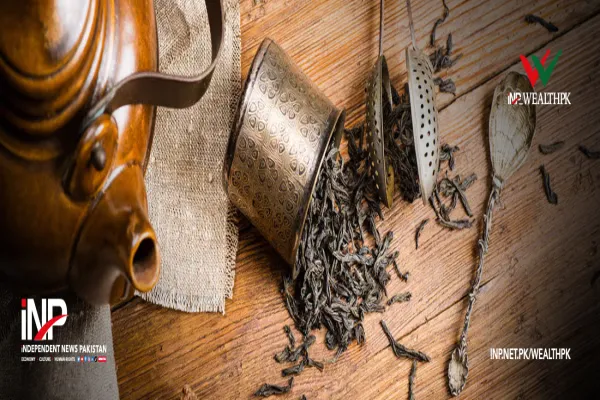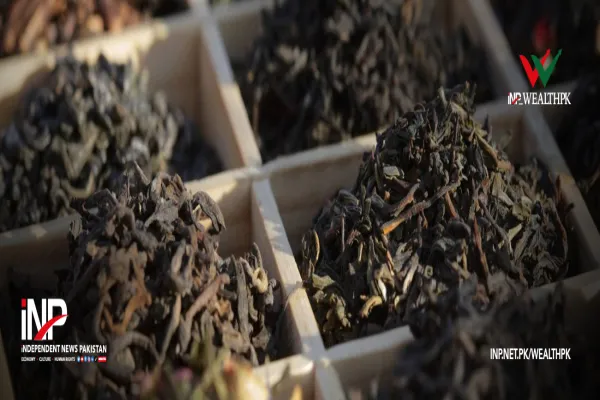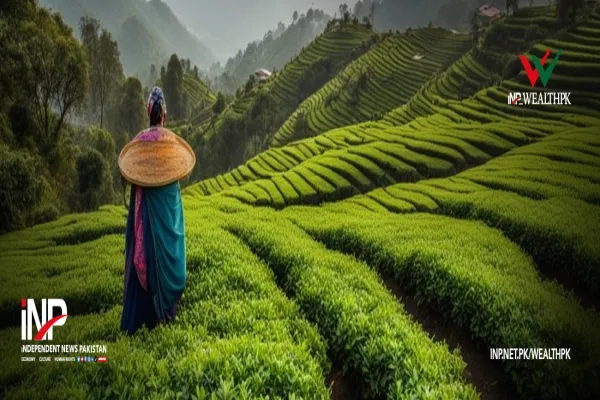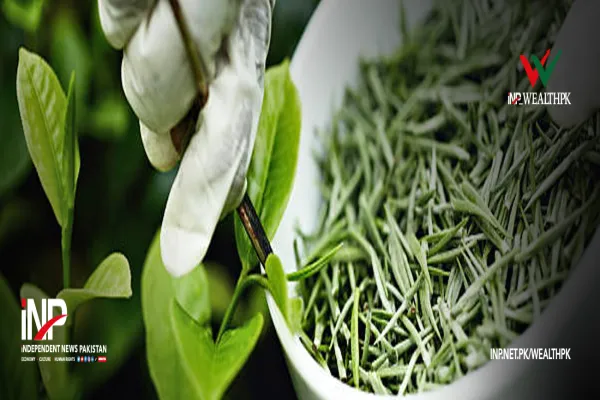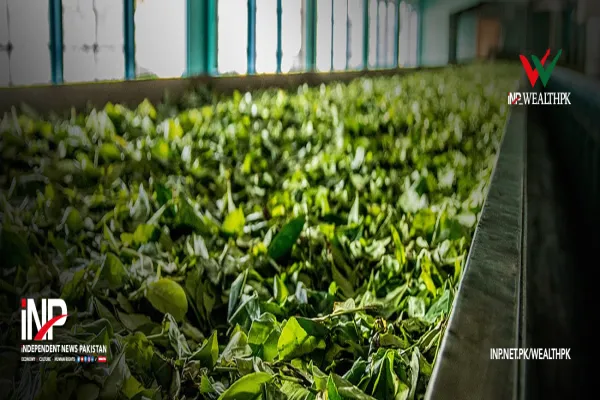i INP-WEALTHPK
Azeem Ahmed Khan
Pakistan boasts numerous abundant natural resources, including the world-renowned Pink Rock Salt produced in the Khewra Salt Mines region, often referred to as Himalayan salt. This valuable commodity possesses a distinctive composition and offers various health benefits, presenting Pakistan with an opportunity to access the global market and earn foreign exchange.
Pakistan holds the second-largest mining reserves of salt after Poland. “Pakistan’s salt reserves span a 300-kilometre belt from Khewra to Kohat, containing billions of tonnes that can last for many years,” Salt Manufacturers Association of Pakistan Chairman, Ismail Suttar informed WealthPK.
According to Pakistan Mineral Development Corporation (PMDC), about 2.65 billion tonnes of salt are present in the province of Khyber Pakhtunkhwa alone. Furthermore, the reserves at Bahadurkhel in Kohat are estimated to be 10.54 billion tonnes. These salt ranges are quite underutilized as the production of this salt is insufficient, keeping in mind the importance of the deposits of this vital mineral.
“The rock salt found in Pakistan is arguably amongst the best that can be found in the world because the purity levels of these rock salts can go up to 99% with very little impurities,” he told WealthPK.
Although the global market potential for pink salt is approximately 12 billion dollars per year, Pakistan’s annual export of this unique natural resource stands at only around 70 million dollars due to limited demand. Ismail Suttar explained: “Pakistan’s current production of Pink Salt is 3 to 4 million tonnes per year, so while supply is not an issue, the real growth lies in industry promotion.”
Pink Rock Salt
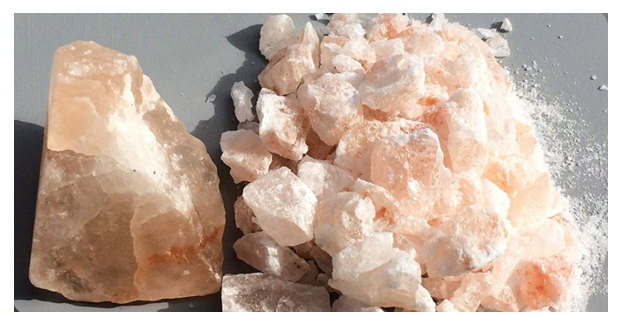
One of the main challenges, which hinders the sale of Pakistan’s abundant salt reserves to the world, is the low international pricing of salt. Additionally, the transportation of salt from the north of Punjab province to the Karachi Sea Port in the south for export incurs high costs, making it impractical to flood the global market with bulk production. Ismail noted that those who are aware of its benefits and can afford it are the primary purchasers of Pink Salt.
Ismail emphasised that edible Pink Salt contains over 84 trace minerals and elements vital to human health, making it superior to normal table salt. The pink colour of Pink Salt indicates its high iron content in its natural form, with darker salt having a greater iron content.
The major distinction between table and Pink Salt is that table salt is made by evaporating seawater, whereas rock salt is produced in Pakistan’s Khewra salt mines. Rock salt is untreated, so it contains diverse mineral traces like magnesium, iron, zinc, calcium, and potassium and is thus regarded as healthier and tastier to eat. In contrast, table salt is refined and bleached due to the potential water contaminants it may contain.
Salt is inherently influenced by geographical factors. For instance, a survey of shops in Islamabad reveals that 90% of them sell Pink Salt, given the proximity of the federal capital to the Khewra mines. Conversely, in southern Pakistan, such as Karachi, 99% of the salt sold is sea salt or lake salt. However, there is a niche market for salt where individuals may seek salts of their preference.
Some people in Karachi may look for pink salt, while those residing in Islamabad may prefer sea salt for consumption. Gourmet manufacturers worldwide also contribute to the market for Pink Salt. Gourmet salt, such as smoked salt, salt mixed with herbs, or salt flakes, commands a higher market value.
Smoked Salt
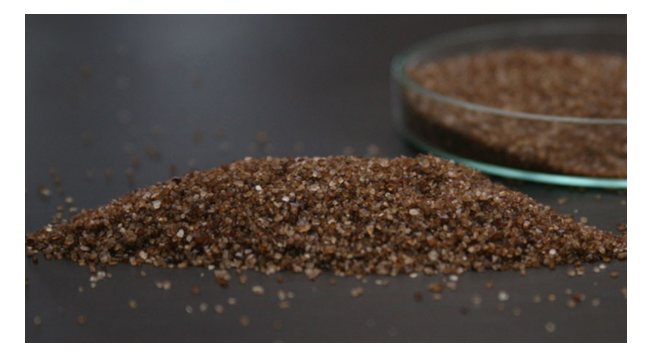
The Pink Salt’s market has shown gradual growth over the past 12 years, which is expected to continue in the coming years. “There was a spike in demand only during its first year,” said Suttar, who anticipates a small annual growth rate of 2% to 3% due to increasing demand, with an annual sale of Pink Salt ranging from 100,000 to 150,000 tonnes.
When asked about the popularity of Pink Salt worldwide, Ismail mentioned that the Universal Children’s Fund (UNICEF), the World Food Programme, the Kiwanis, and some non-governmental organisations, in collaboration with the Ministry of Food and Ministry of Health, requested about 100 salt manufacturers to produce fortified salt by adding iodine and iron to combat goitre and anaemia. Subsequently, it was discovered that only Pink Salt could incorporate both iron and iodine, unlike normal salt, which became a breakthrough announced in a 2009 meeting in Geneva. This finding instantly propelled Pink Salt to worldwide popularity.
During the time when the Indian border was open, Pink Salt used to be exported to India too via Lahore. Some Indian companies also began selling Pink Salt in international markets after adding value to it. To protect against unauthorised use by other countries, Pakistan has applied for the registration of a Geographical Indication (GI) tag for Pink Salt. Once registered, every seller will require permission to sell it and will be obligated to label the packaging “Product of Pakistan.”
A GI tag denotes that a product comes from a certain geographical area and has special characteristics or a good reputation because of that origin. Approximately 50 companies have applied for the Pink Salt GI tag, which is currently being considered by the Pakistan Mineral Development Corporation Ltd (PMDC). Traders associated with this sector will be able to use the assigned tag once Pink Salt is registered. The PMDC has officially been registered as registrant for “Pink Rock Salt” by Intellectual Property Organisation of Pakistan.
In addition to cooking, Pink Salt is also utilised in making exotic lamps, which may be used to give homes a calming ambiance. Most users affirm that using Himalayan salt lamps has helped them unwind, improve their mood, and offer several other therapeutic benefits.
Credit: INP-WealthPk


